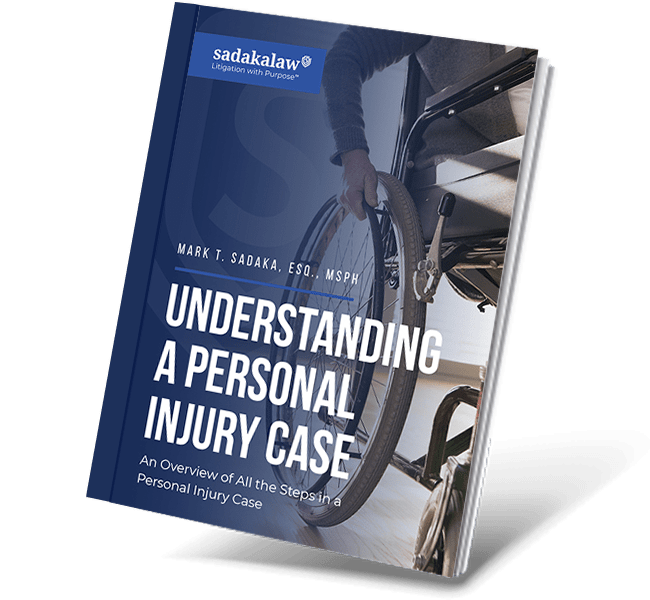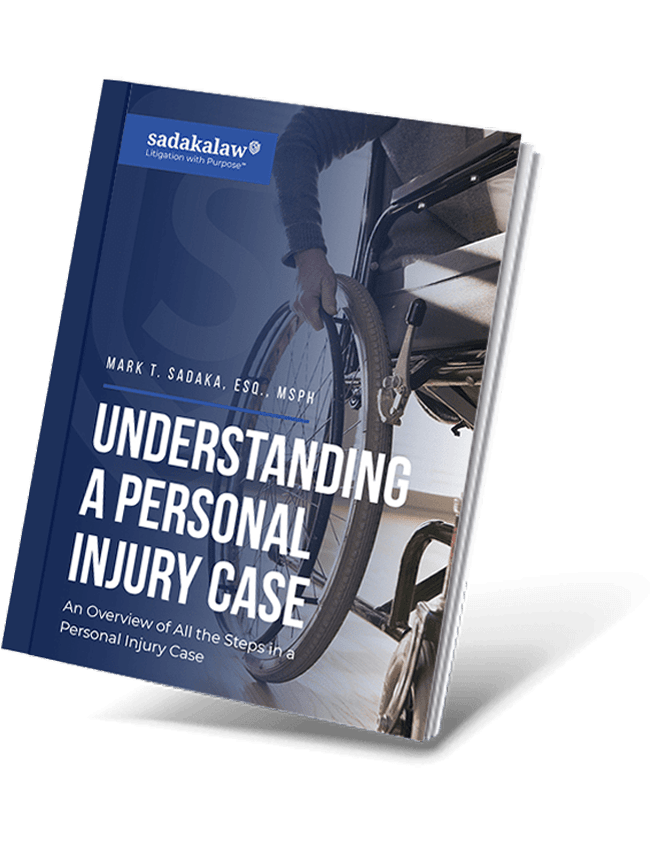[picture_frame source_type=”attachment_id” source_value=”3767″ align=”left”] Unintentional suffocation is the leading cause of injury death for U.S. children younger than 1-year-old according to the CDC,. Avoiding certain products, such as sleep positioners, can help the safety of your child.
Sleep positioners were linked to at least 13 deaths in the last 15 years, therefore health officials have issued updated warnings to parents not to use the special device designed to help keep babies in certain positions as they sleep.
“We urge parents and caregivers to take our warning seriously and stop using these sleep positioners,” Inez Tenenbaum, the chairman of the Consumer Product Safety Commission, said in a statement.
All 13 reported deaths tied to the devices occurred in children younger than 4-months-old, nine of whom were placed on their sides to sleep. Many of the children were found lying on their stomachs, unresponsive by caregivers.
“Although [infant sleep positioners] have been available since the 1980s, only a few ISP manufacturers have been cleared by the FDA to provide products, by prescription, to manage particular medical conditions,” such as gastroesophageal reflex (GERD), CDC researchers wrote. “Despite other manufacturers’ claims regarding SIDS prevention or other health benefits, FDA has never cleared or approved an ISP for preventing or reducing the risk for SIDS.”
The CDC researchers also expressed concern that some hand-me-down positioners that have already been recalled may still be in use.
In December 2010, the FDA and the CPSC warned against using infant sleep positioners, which at the time were tied to 12 deaths.
The American Academy of Pediatrics also backed those recommendations, saying “The AAP believes sleep positioners represent a risk to sleeping babies.”
The new research and renewed warnings on infant sleep positioners may not apply to all children, such as a baby with cerebral palsy.
Makers of the devices claim that by keeping infants in a specific position as they sleep, they can prevent several conditions, including SIDS, acid reflux and flat head syndrome, a deformation caused by pressure on one part of the skull.
But the devices have never been shown in studies to prevent SIDS, and they may actually raise the likelihood of sudden infant death, officials say. One of the leading risk factors for sudden infant death is placing a baby on his or her stomach at bedtime, and health officials routinely warned parents to lay babies on their backs.
With the positioner devices, if an infant rolls onto the stomach, the child’s mouth and nose can press up against a bolster or some other part of the device, leading to suffocation. Even if placed on the back, a child can move up or down in the positioner, “entrapping its face against a bolster or becoming trapped between the positioner and the crib side,” Gail Gantt, a nurse consultant with the Food and Drug Administration, said in an e-mail. Or the child might scoot down the wedge in a way that causes the child’s mouth and nose to press into the device.
“The baby’s movement may also cause the positioner to flip on top of the baby, trapping the baby underneath the positioner or between the positioner and the side of the crib,” she said.
FDA to Industry: Prove Positioner’s Worth
Sleep positioners are not FDA approved for prevention of SIDS. Some of the devices are approved for the prevention of gastroesophageal reflux disease and flat head syndrome. But the agency said that in light of the new safety data, it believed any benefits from using the devices were outweighed by the risk of suffocation.
As of the new announcement, the agency explicitly advises parents to stop using sleep positioners, and it has asked manufacturers of the devices to submit clinical data showing that the benefits of their products outweigh the risk of serious harm.
“The safest crib is a bare crib,” Dr. Susan Cummins, a pediatric expect with the F.D.A., said in a statement. “Always put your baby on his or her back to sleep. An easy way to remember this is to follow the ABC’s of safe sleep – Alone on the Back in a bare Crib.”
The report was published in the Nov. 23 issue of its journal, Morbidity and Mortality Weekly Report.


